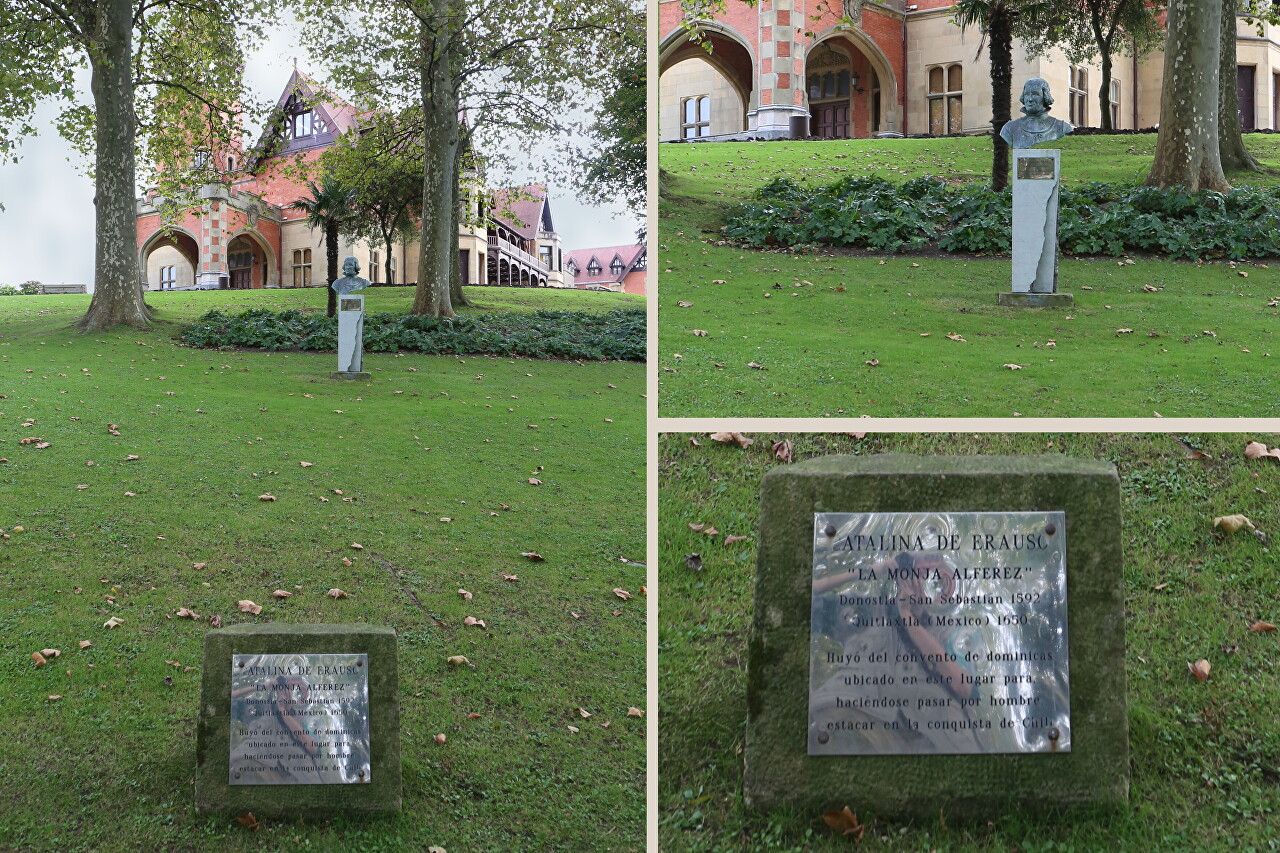Palacio de Miramar, Donostia-San Sebastian
Next to the Piazza Alfonso XIII, opposite the Old Church (Parroquia la Antigua), there is a large garden surrounded by a stone wall. The corner of the wall is formed by a red brick tower that resembles a fortress.
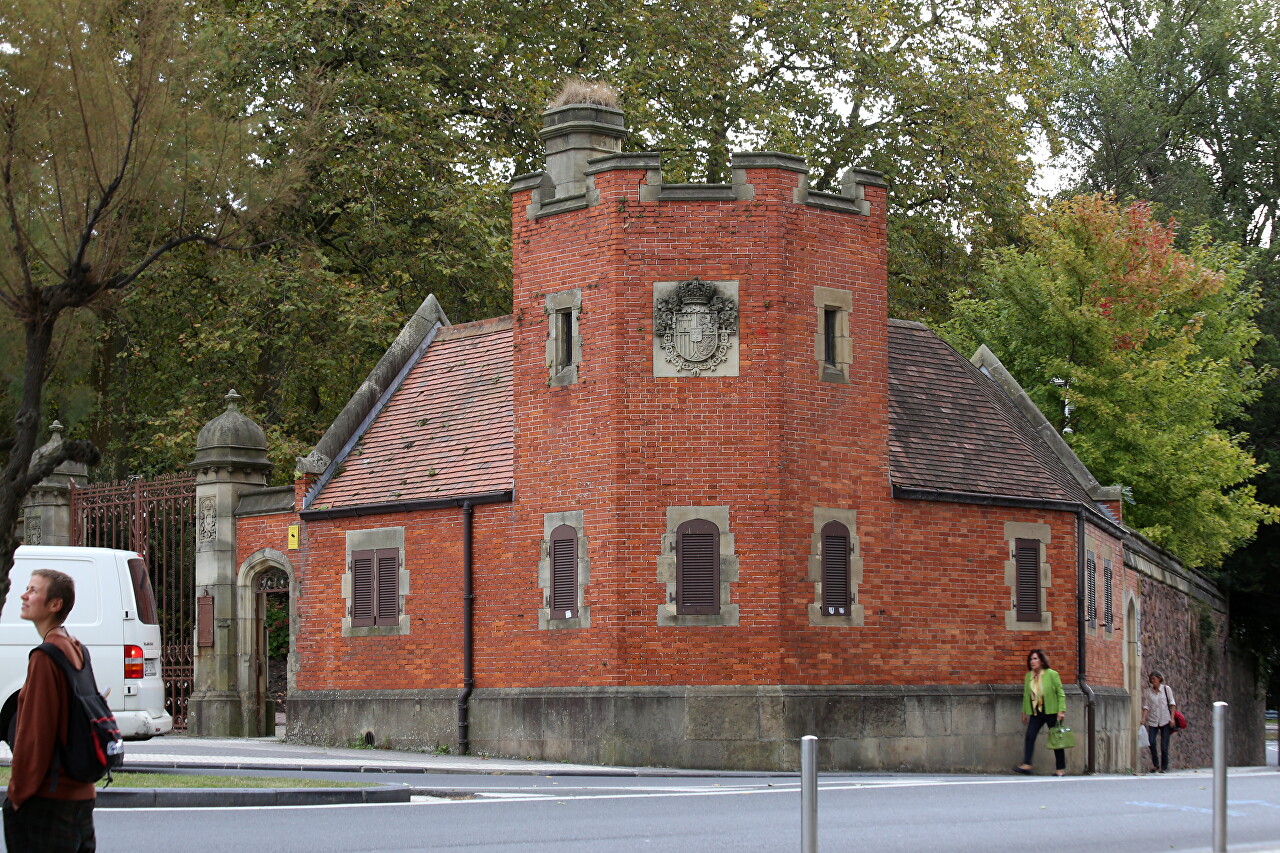
The tower is decorated with the coat of arms of the Spanish monarchs. This is the main gate of the Royal Court's summer residence.
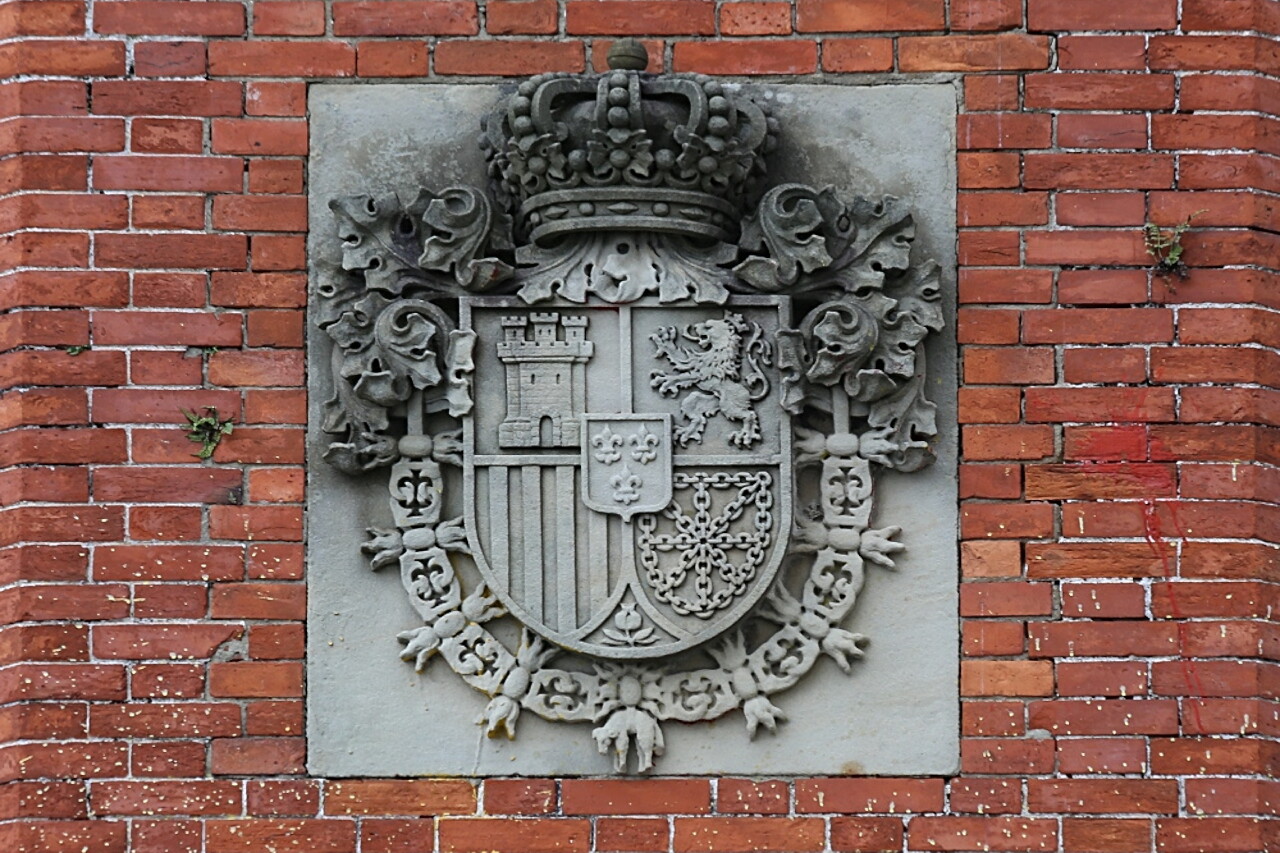
The huge garden of the residence occupies the territory of the former monastery of San Sebastian.
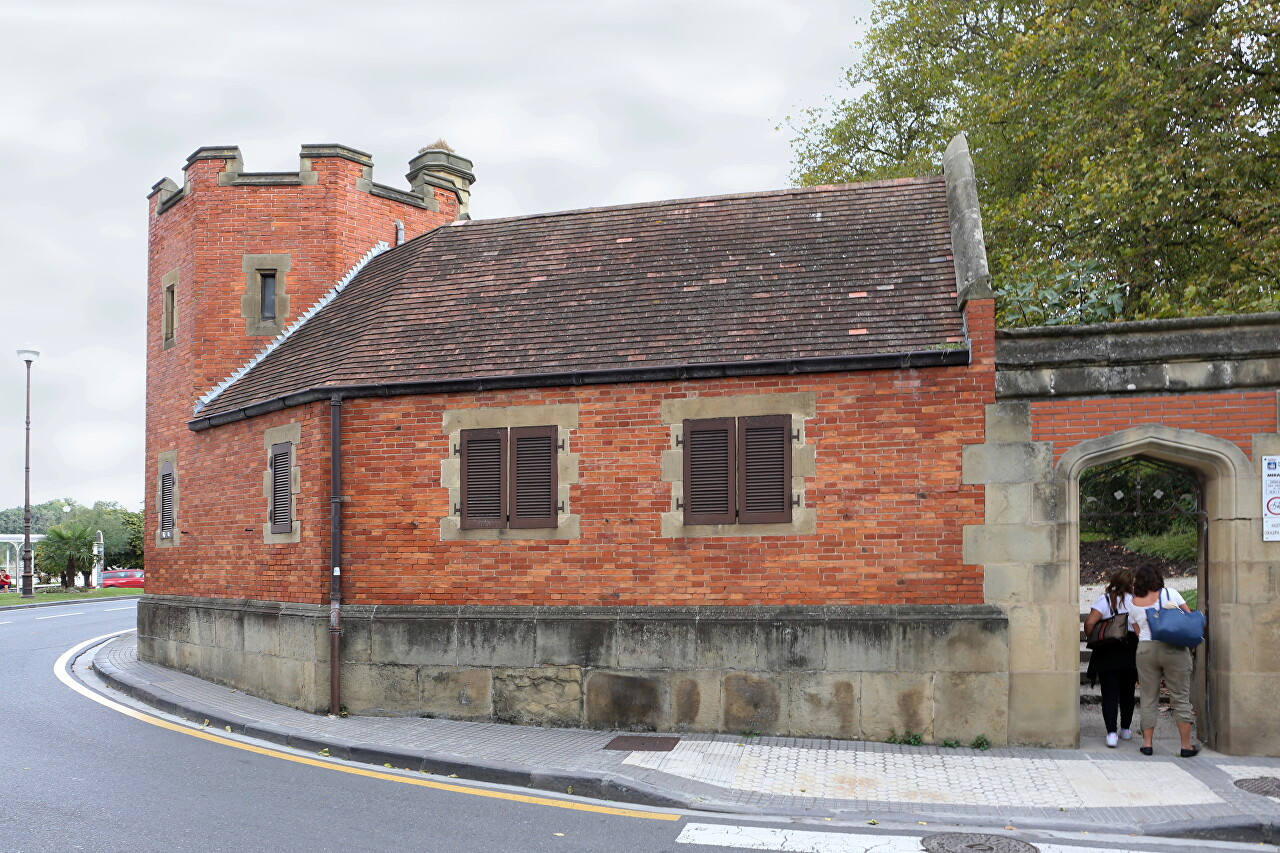
After passing through the gate, on the top of the hill you will see a large red brick mansion known as the Miramar Palace, built in 1893 by order of the royal family. Now it houses the services of the city administration, so the building is officially called "Municipal Palace", and residents of the city continue to call it "Royal".
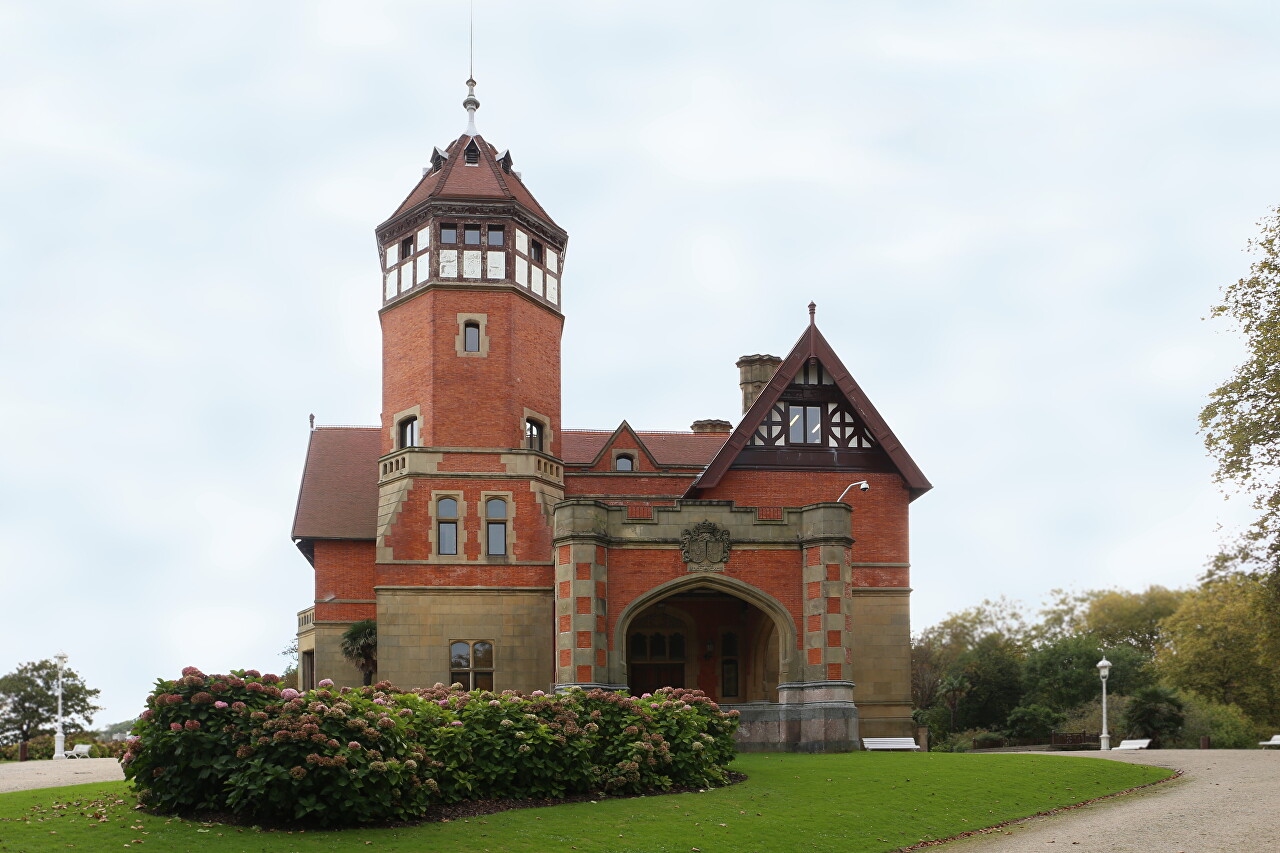
The Spanish monarchy came to love San Sebastian in the mid-19th century, during the time of Isabel II, who came here to swim in the waters of the Bay of Biscay.
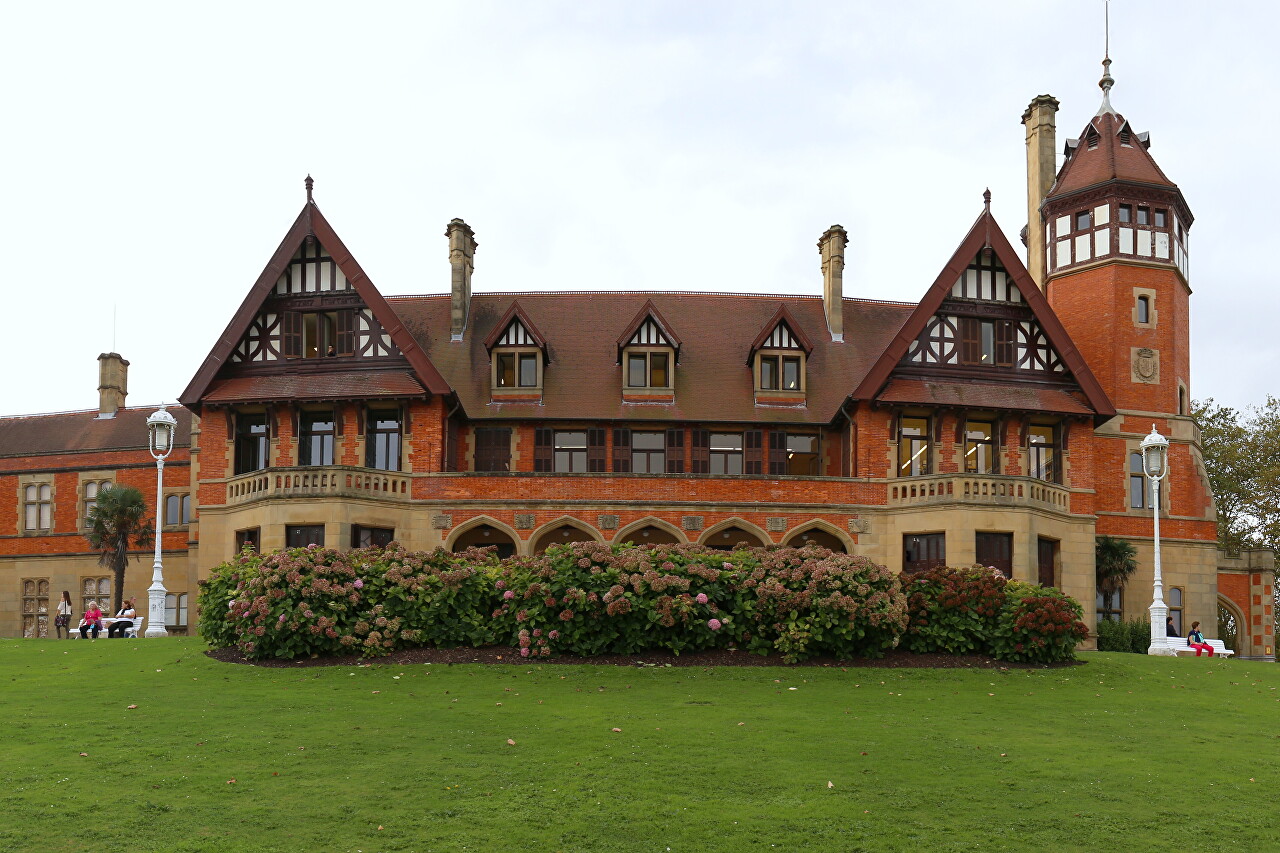
The real attraction of the city, as a prestigious resort, was laid by the Dowager Queen Regent Maria Christina of Austria, who spent the summer months on the Atlantic coast.
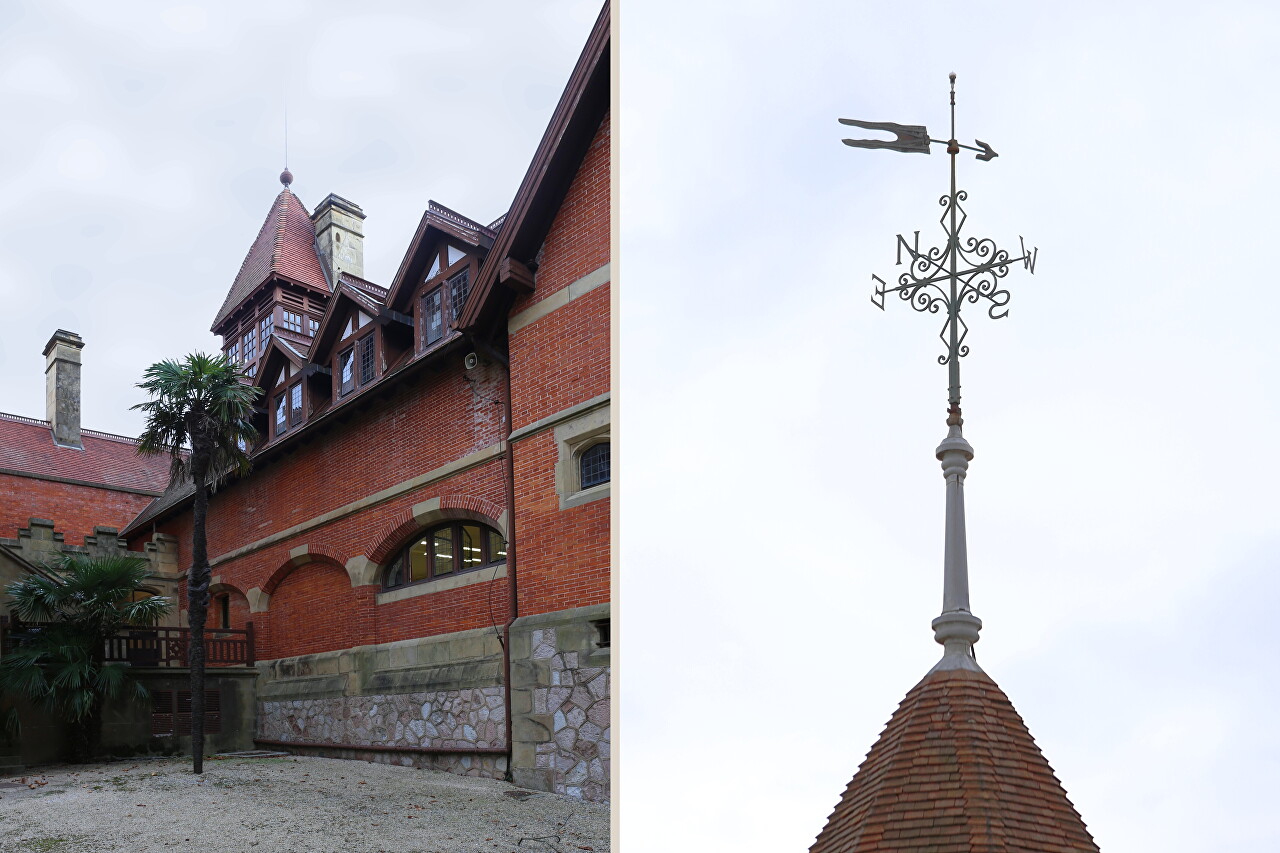
Long visits required the construction of a permanent residence, for which a plot on the shore of La Concha Bay was purchased.
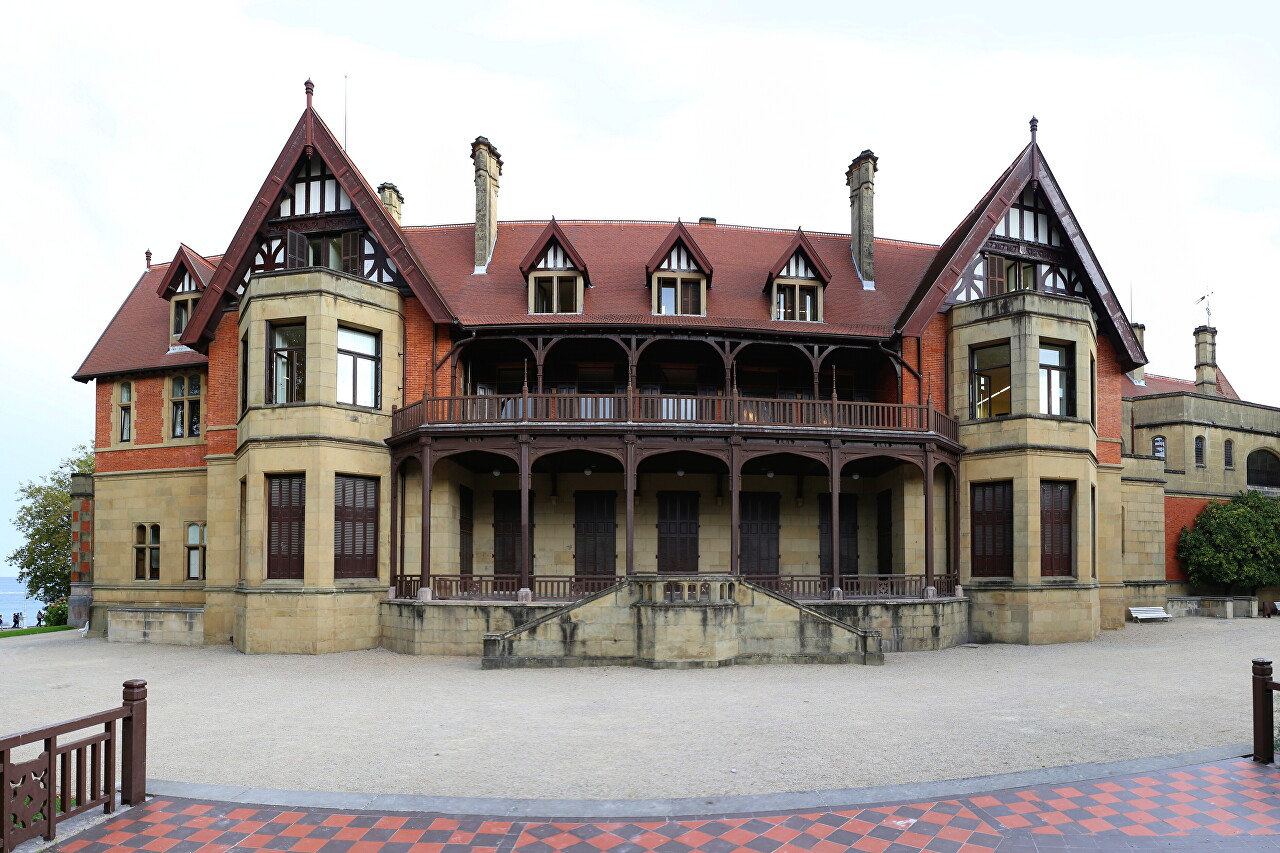
The project was commissioned by the English architect Selden Wornum, who created the palace in the classical English style with elements of neo-Gothic.
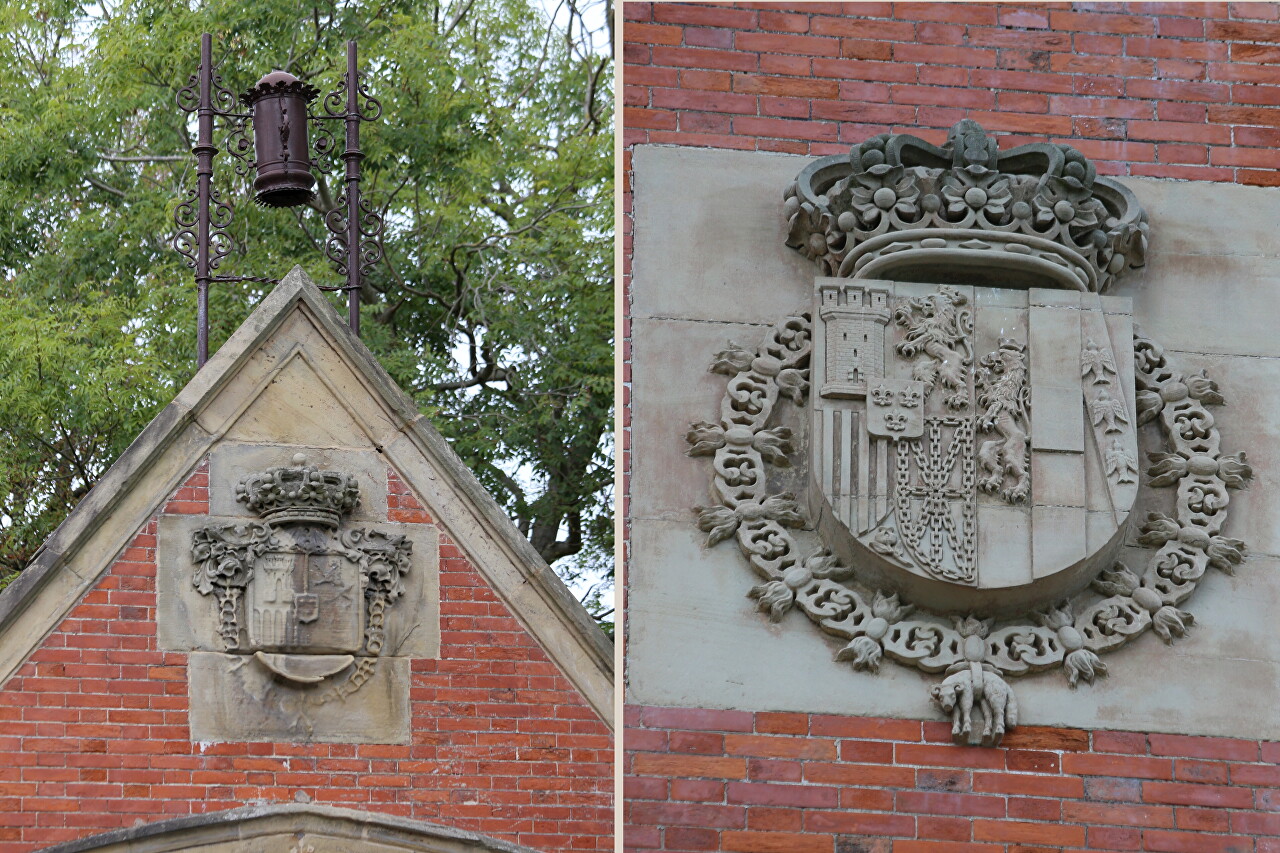
In 1920, a wing was added to the palace, called the "Prince's Pavilion". There is another gate leading to Mirakontxta Boulevard.
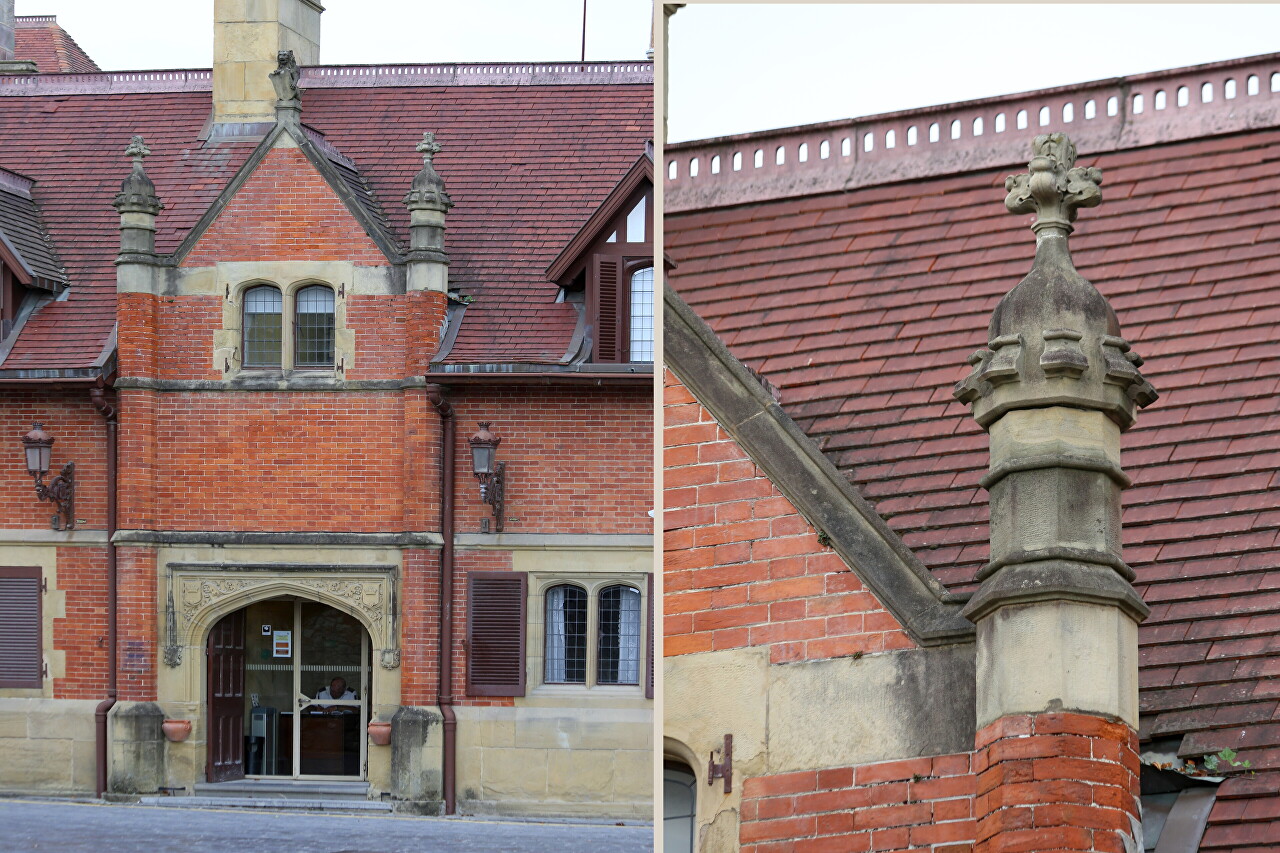
During the Second Republic, the palace became municipal property (hence the second name), receiving the status of the President's summer residence. With the establishment of the Franco dictatorship, the estate was returned to the ownership of the royal house. .
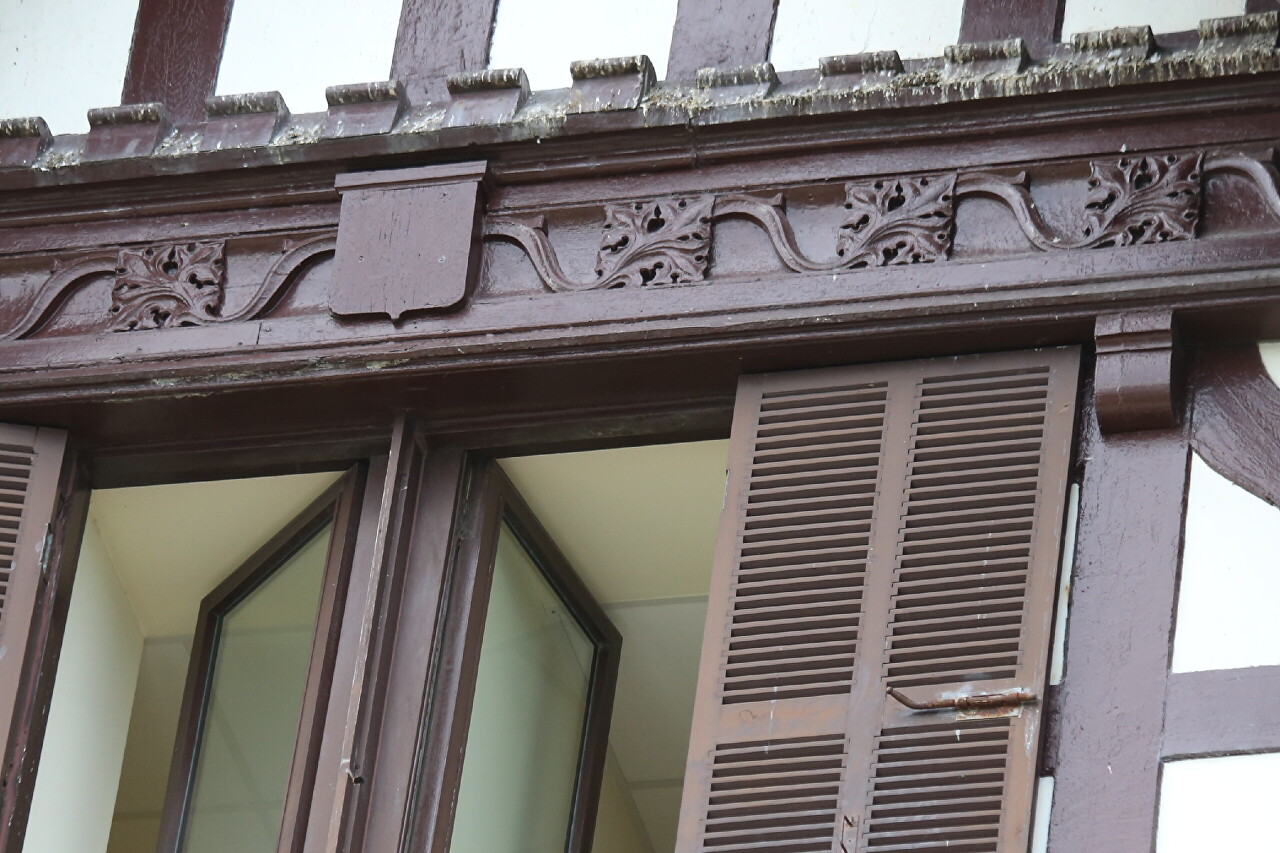
In 1963, the territory adjacent to the palace was divided into parts and put up for sale for development, the monarchs left behind only the palace itself and a small part of the garden. After 9 years, this plot was also purchased from Infante Juan in municipal ownership.
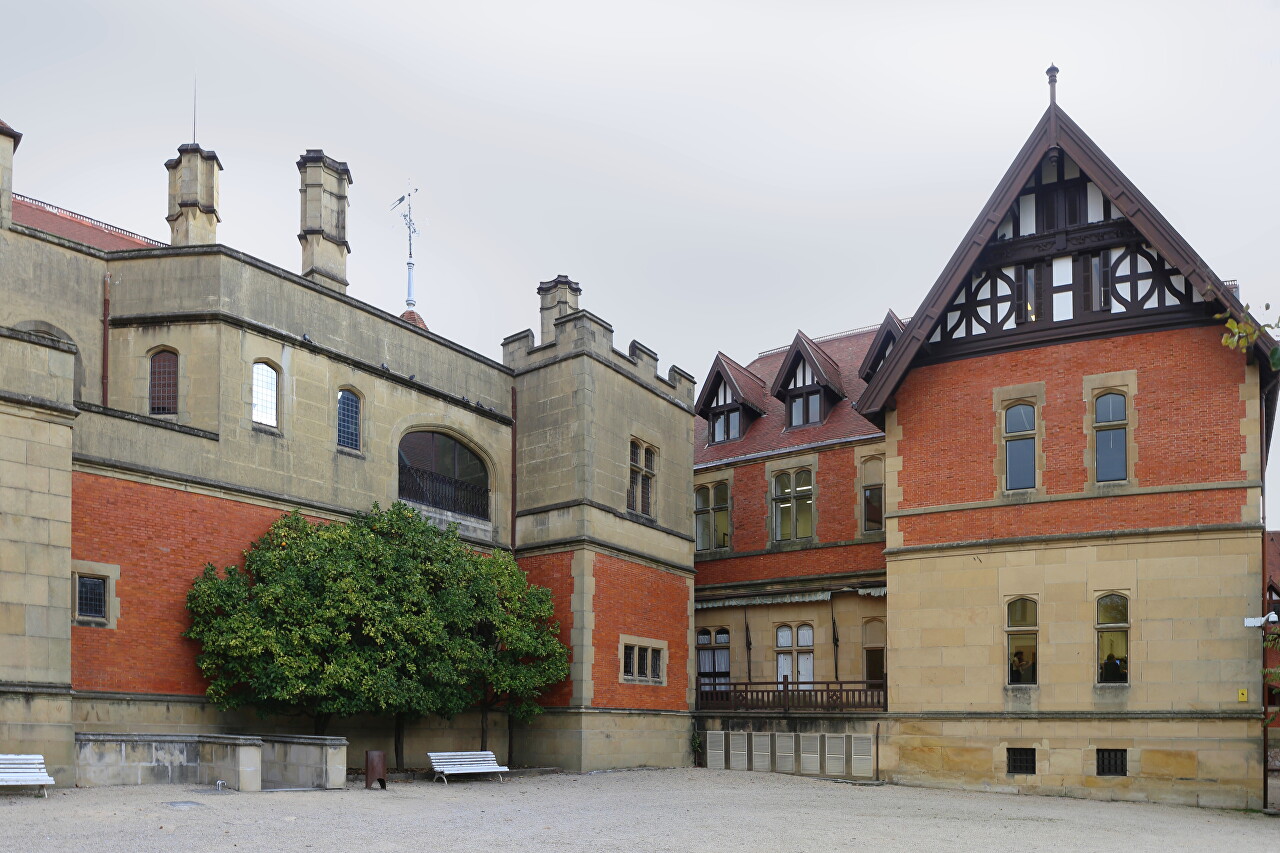
Now part of the palace is occupied by the Musikene High School of Music, the other is used as an academic building of the University of the Basque Country, for which the internal premises were partially rebuilt.
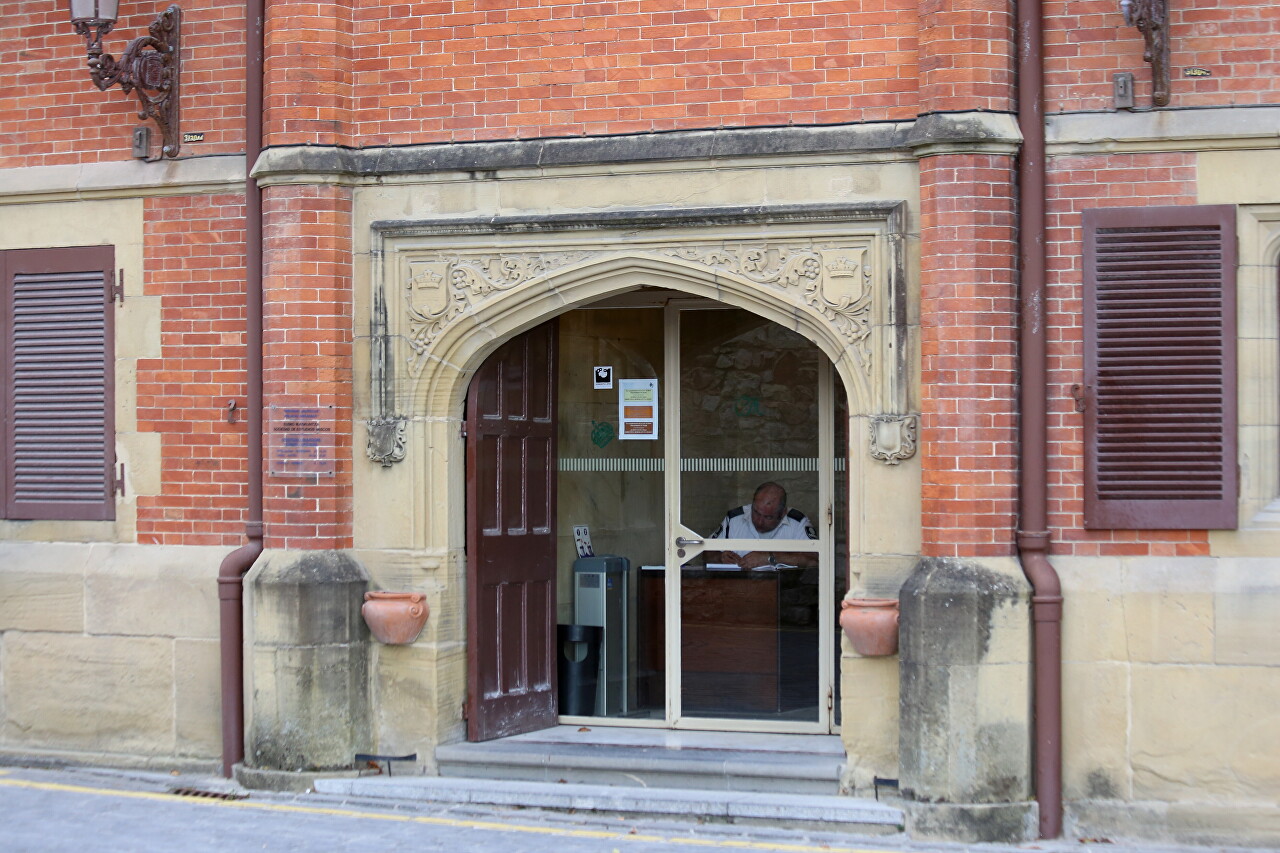
The palace garden and the palace itself are used for receptions during the annual San Sebastian Film Festival.
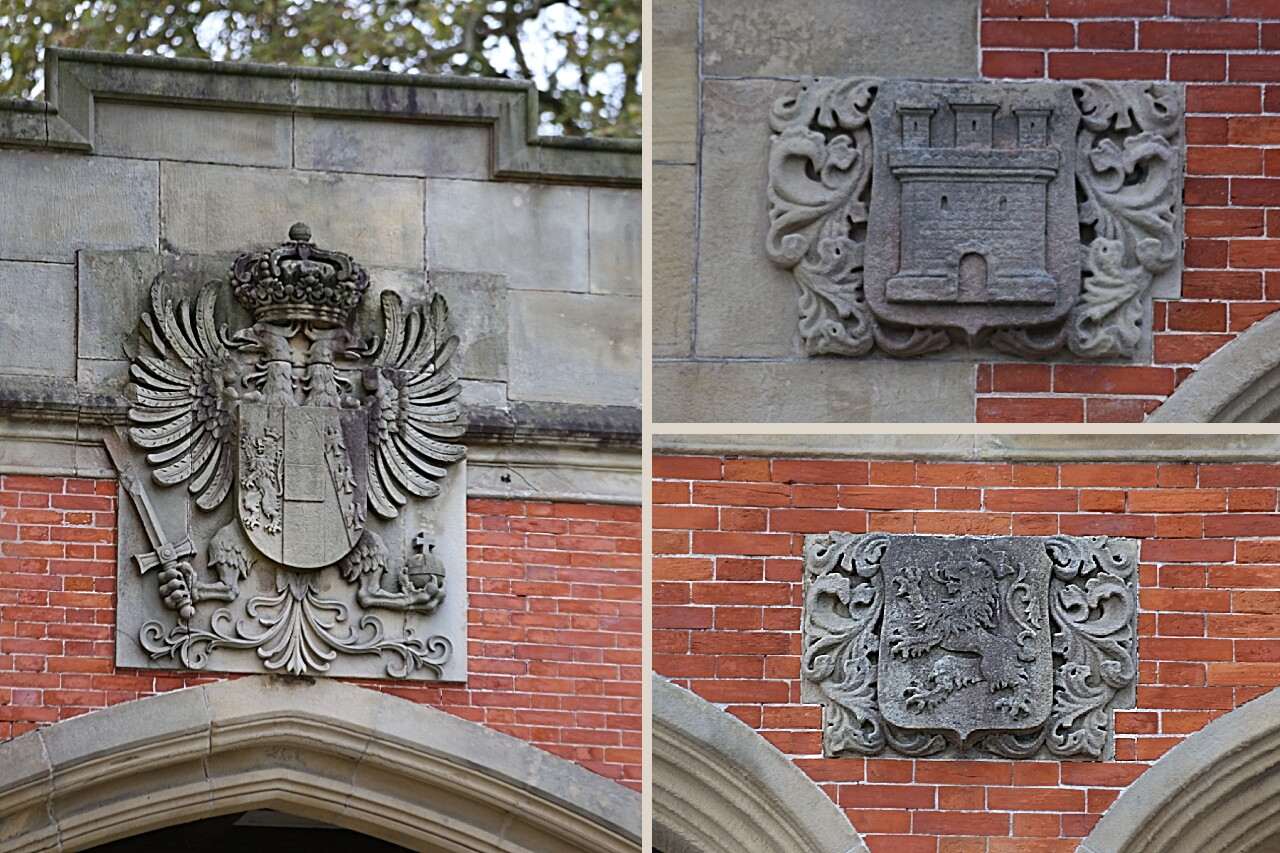
In the western part of the garden, you can see the monument to Catalina de Erauso, the legendary "lieutenant nun" (La Monja Alférez), a native of San Sebastian. Catalina was born in 1592, and from the age of four was sent to a convent of Dominican women. At the age of 15, she escaped from there, disguised as a man and made it to Bilbao, where, under the name of Francisco de Loyola, she took a job on a ship going to the New World. After reaching the coast of Spanish America, she enlisted as a soldier and participated in the Araucan War in Chile. In the battle of Valdivia, he receives the rank of ensign, and in the next battle at Purem, he takes command in place of the killed captain and wins the battle. I must say that the exploits of the new commander consisted in an extremely cruel reprisal against the opponents-the Indians. Catalina's subsequent career consists of a long series of bloody events in which not only the indigenous population suffered at her hands, but also "colleagues" with whom the woman fought duels at the slightest provocation. Eventually, in 1623, Catalina was arrested and sentenced to death. Begging for mercy, the woman revealed her gender to Bishop Agustin de Carvajal. On his behalf, the nuns-midwives conducted an expert examination and found that the accused is not only a woman but also a virgin. Catalina was pardoned and sent to Spain, where King Philip IV granted her the rank of lieutenant. She then traveled to Rome, where she received permission from Pope Urban VIII to wear men's clothing. Catalina returned to New Spain in 1630 and spent the rest of her life working as a muleteer on a cargo transfer from Veracruz to Mexico City. Catalina died in 1650 in the mountain village of Cuetlaxtla.
